
The Robin, Britain's 'National' Bird - By Peter Berry
They are resident to the UK, but are joined by paler northern European immigrants in the winter. Robins may live to be as much as 10 years old, but only a quarter of all robins manage to live beyond their first birthday. The greatest enemies of robins are domestic cats and traffic, which both take a heavy toll.
Robins pair up from late December to early March. The female chases the male until she is accepted and once paired the male feeds her as part of courtship. But in spring, males sing loudly to proclaim their territory.
When nesting, the male robin fiercely defends the territory. Fights between males can be extremely vicious and may even lead to death. However, during severe winters, robins relax their territorial nature and several birds can be seen feeding on a bird table together.
Nests are usually concealed in a bank or hole, but they can build in usual sites like garden sheds and old tin cans. Nests are made of leaves and moss; they are domed and lined with hair. They lay five to seven eggs, that are white with reddish brown spots.
They feeds on insects, worms, fruit and seeds. Particularly fond of mealworms and can become hand tame if fed with these. Often seen perching very close if you are digging in the garden!
Male and female robins look the same; young robins are spotted and have no red breast. They moult into adult plumage in autumn. As they undergo their post breeding moult, they seem to disappear during the late summer, becoming very shy and silent.
A lovely bird and quite rightly often refereed to as Britain’s ‘national’ bird.





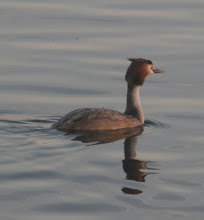
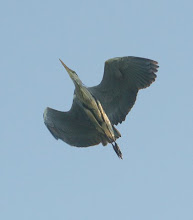
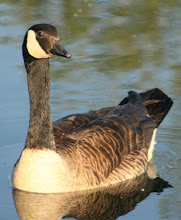
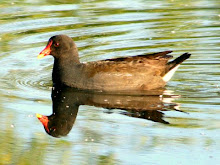
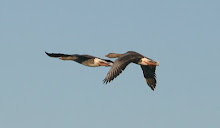
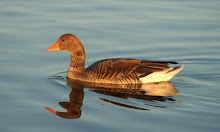

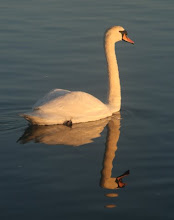
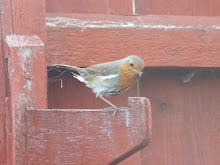
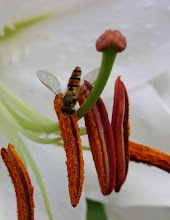
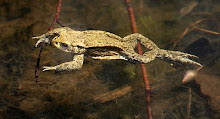



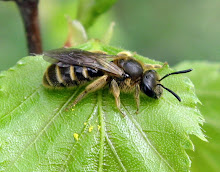
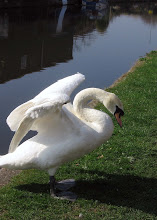
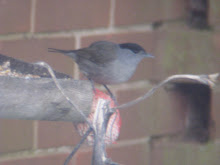
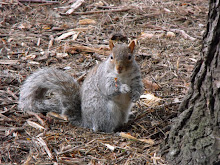
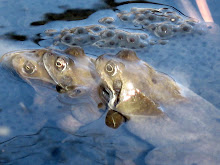
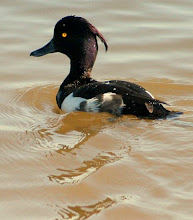
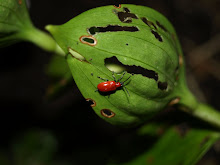
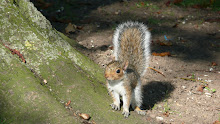
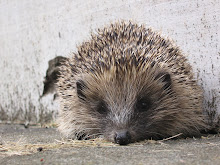
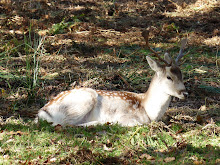
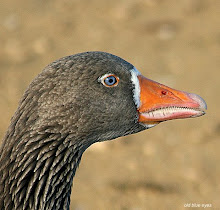
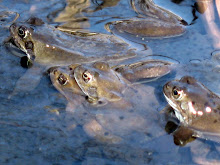
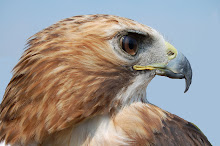
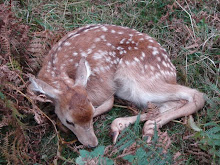






















No comments:
Post a Comment